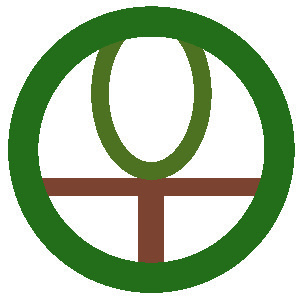BEWARE OF THE GOLDSPOTTED OAK BORER (GSOB)
During the holidays we all like a nice roaring fire. But beware of transporting oak wood. You could be spreading the deadly pest: the Goldspotted Oak Borer.
Where is this pest found? Currently it is found in southeastern Arizona, Mexico, Guatemala, and, since 2002, in the Cleveland National Forest region of San Diego County.
Why should we care? The pest repeatedly attacks species of oak which can result in the death of even mature trees (which tend to be pest resistant). The beetle has been found on coast live oak (Quercus agrifolia), canyon live oak (Quercus chrysolepis), and California black oak (Quercus kelloggii).
How do they kill oaks? The larvae feed under the bark on the phloem and cambium (arterial system of trees) which results in limb die back and eventual death of the tree.
What does a sick oak look like? The bark can exhibit what looks like a wet black or red staining. When the beetles emerge from the bark they make D-shaped holes about 4mm in diameter. Often woodpeckers will chip at the bark to get at them. The tree can also exhibit branch die-back and crown-thinning.
What do these pests look like? Adult beetles are about one centimeter long, black with six orange spots on their wings. Larvae can be two centimeters long, white and legless with two pincher-like spines on their abdomen.
Where can I find out more information?
http://www.parks.ca.gov/?page_id=26137
http://ucanr.org/sites/gsobinfo/
http://www.fs.usda.gov/detail/cleveland/home/?cid=stelprdb5279813
http://www.dontmovefirewood.org/gallery-of-pests/goldspotted-oak-borer.html
***Have a wonderful holiday season but please help protect our forests.***
12/13

